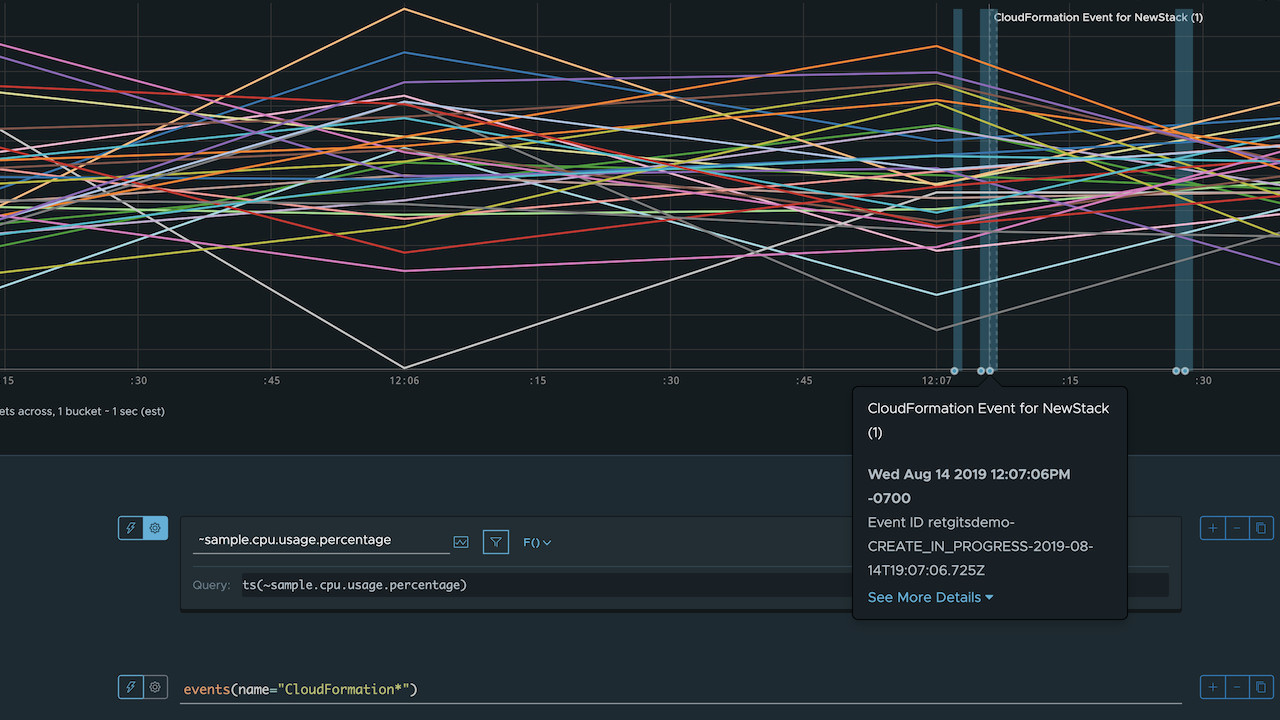
Hybrid Security - From On-Prem to Serverless
Explore the journey of securing hybrid applications, from Kubernetes to serverless. Dive into tools like Aqua and Harbor, ensuring cloud-native security across diverse tech stacks.
DevOps, as a practice to build and deliver software, has been around for over a decade. What about adding security to that, though? After all, security is one of the cornerstones of today’s information technology. As it turns out, one of the first mentions of adding security was a Gartner blog post in 2012. Neil MacDonald wrote,
“DevOps must evolve to a new vision of DevOpsSec that balances the need for speed and agility of enterprise IT capabilities (…)”.








